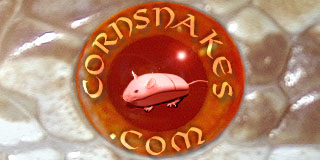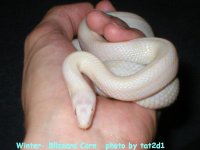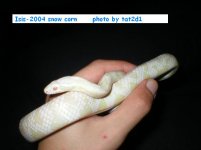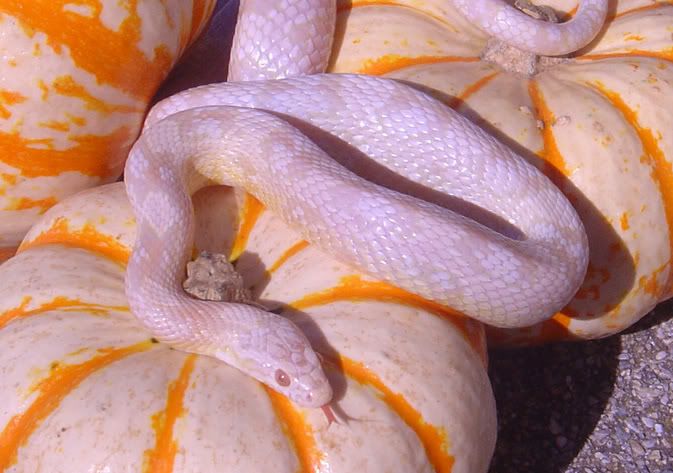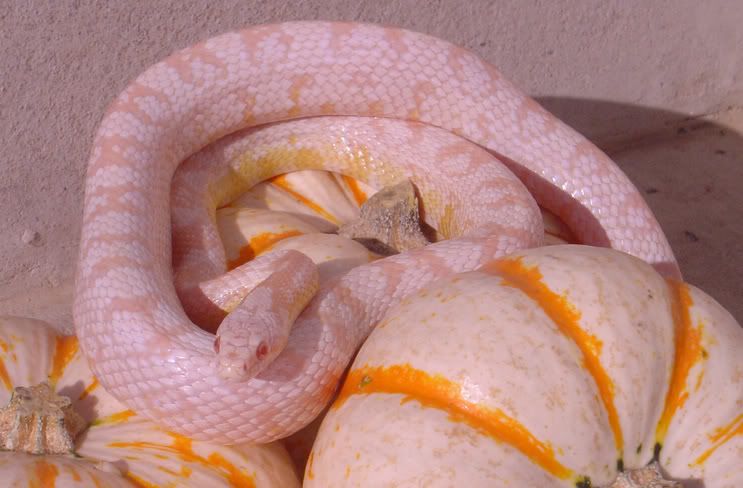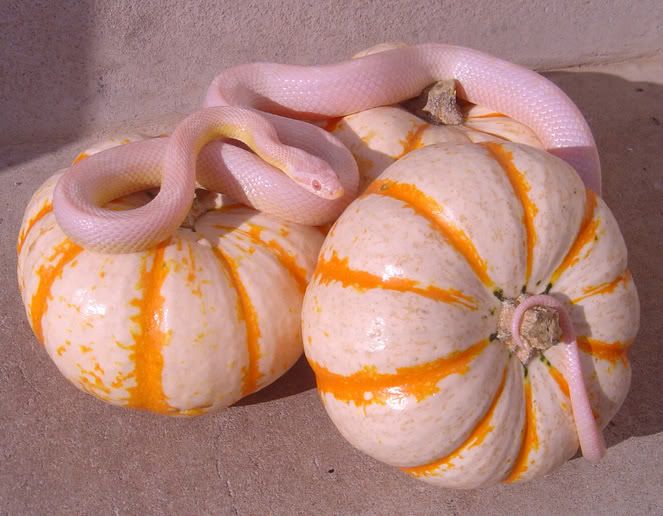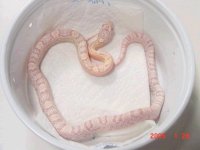If you want some practice problems that allow you to check your answers, try this:
http://cornguide.com/quiz.htm
If you learn the few vocab words (from an online tutorial or my book or whatever source) you should be able to get through the first section. Until you can convert genotypes to phenotypes, doing predictions is impossible. It's like trying to learn math without knowing what the numbers mean.

So first you need to learn what dominant/codominant/recessive mean.
Then locus and allele (my tutorial online covers these concepts)
Once you know those five words, you know how to "count" in genetics and you can learn how to do the "addition/multiplication" needed to make predictions.
The FOIL method on that Quiz page is an alternative to doing Punnett squares. Just put the two father's (1, 2) genes, and the two mother's (3, 4) genes like this:
12 X 34
and then get the First (13) pair, Outside (14) pair, Inside (23) pair, Last (24) pair which is what FOIL means.

You can do another locus: 56 X 78 --> 57, 58, 67, 68
You can do any "one locus" genetics problem with FOIL. It's that easy. :santa:
----
If you have two loci it adds another step. Once you've FOILed each locus, you make a grid, putting all outcomes on the first locus going across, and the second locus going down:
<table border=1><tr><td></td><td>13</td><td>14</td><td>23</td><td>24</td></tr><tr><td>57</td><td> </td><td> </td><td> </td><td> </td></tr><tr><td>58</td><td> </td><td> </td><td> </td><td> </td></tr>
<tr><td>67</td><td> </td><td> </td><td> </td><td> </td></tr><tr><td>68</td><td> </td><td> </td><td> </td><td> </td></tr></table>
Then fill in the squares in the grid. This gives you the combined outcomes at both loci, each one being one type of offspring you can hatch. At that point you are doing the intermediate problems, and you should be able to answer the "amel het anery X anery het amel" question.

So in order to do that question, you have to first write out the genotypes of an anery het amel and an amel het anery, then do FOIL on the anery locus, FOIL on the amel locus, then combine those on a grid and you get your outcomes listed as genotypes, then convert those genotypes back into "English" descriptions.

(It's easier than it sounds, if you learn those 5 terms and then go step by step.)
With practice you will notice patterns and be able to skip steps by doing them in your head. :santa:
